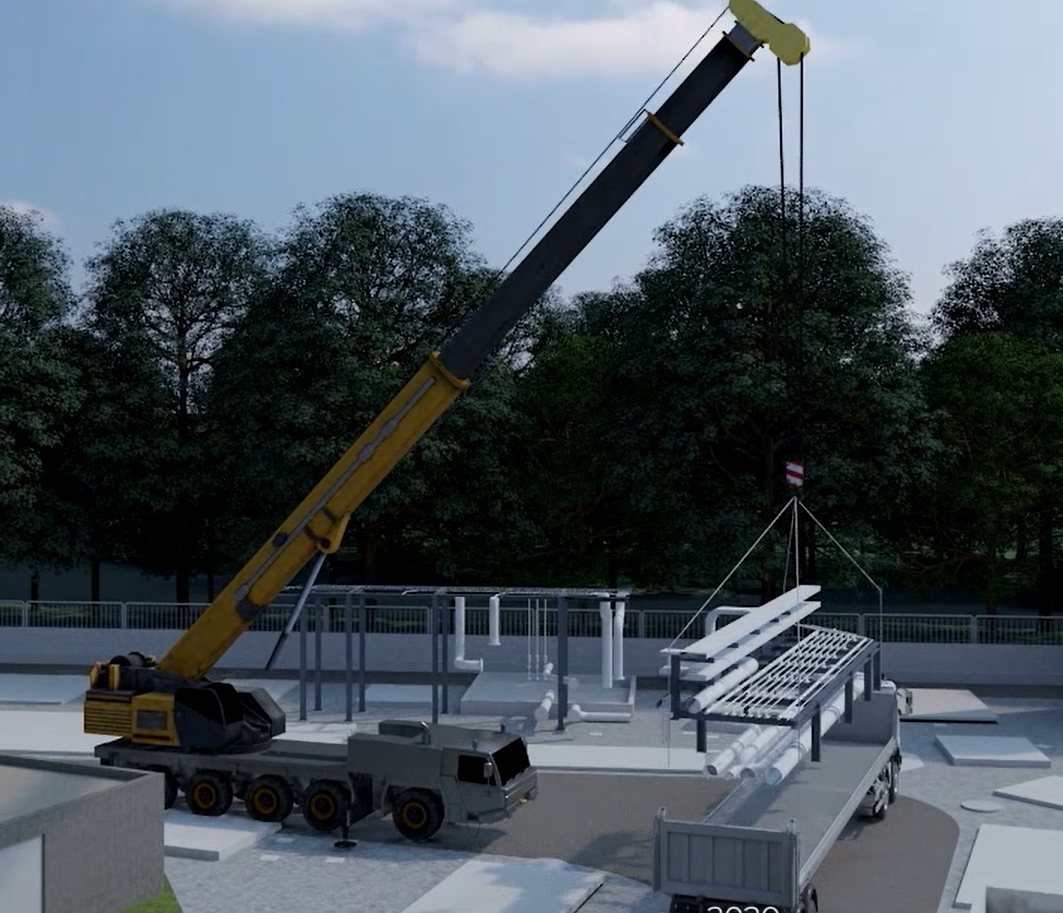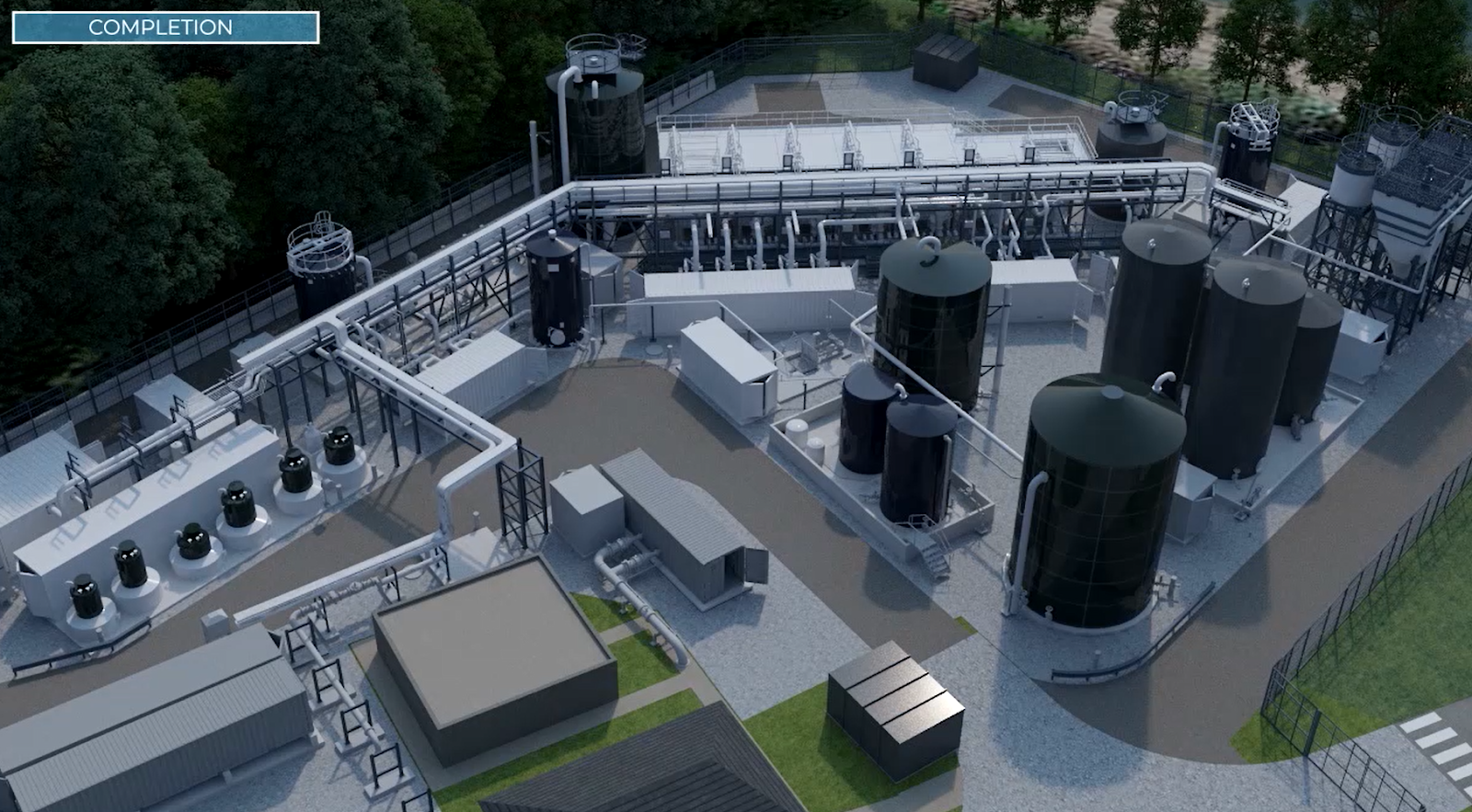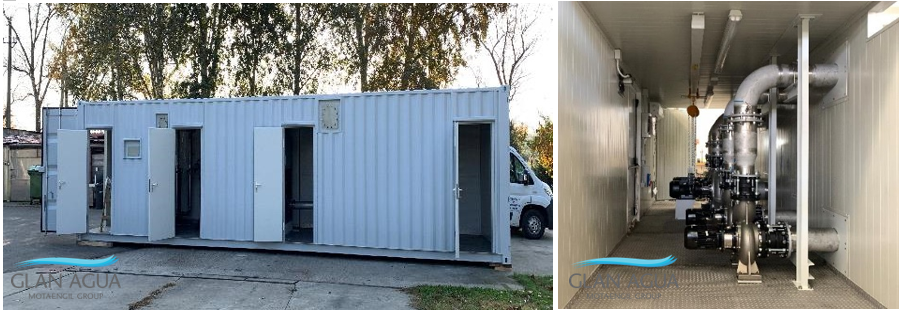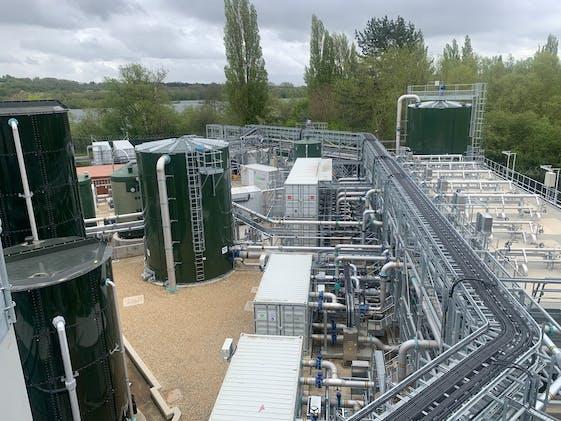
Northmoor and Amersham HS2 Process Upgrades
Key Information
Project Value €/£
£50 million
Client
Affinity Water
Duration
2018 to 2021
Location
Northmoor, Amersham
Sector
Water
Project Overview
Glanua was awarded two projects under the Process and Network Modifications Framework to provide crucial upgrades to Affinity Water’s existing treatment infrastructure to mitigate any potential risks to water quality that arose from the impact of HS2 construction on the underlying chalk aquifer.
The works involved the construction of a sophisticated turbidity treatment process plant to supplement the existing treatment plant within the confines of the Amersham 9 ML/D works and Northmoor 18 ML/D works in tight site footprints.
Affinity Water needed a solution that was validated, able to address the turbidity issue and deliverable within two primary constraints, namely in alignment with the HS2 programme and fitting tight footprint requirements. As the risk the problem was temporary in nature (during HS2 construction) an opportunity existed to develop a sustainable solution to allow the plants to be decommissioned and potentially used elsewhere.
Our Approach
During an extended ECI phase, Glanua employed a bespoke methodology to determine the most innovative and effective solution for the Affinity Water abstraction boreholes affected by HS2 construction works and ultimately selected submerged ultrafiltration as the principal turbidity abatement process.
The approach taken focused the use of Design for Manufacture and Assembly (DfMA) and BIM modelling. The use of DfMA has many benefits but on a project where time is critical and there is little footprint to allow for safe construction, it was crucial. Each element of the plant was designed in a modular manner and where possible containerised. This dramatically reduces time on site and reduces quality risk as each module / section was manufactured in a controlled factory environment.
Of course, the DfMA approach would be next to impossible without the use of BIM which facilitates a single focal point for the 3D model, where package suppliers and manufactures can work in a common data environment (CDE). We have gone a step further by also adopting 4D BIM techniques, which enabled us to sequence the construction based on our approved programme.
The use of collaborative planning was a success story in the delivery of these projects in eye-watering timescales.
Achieving Excellence for our Clients and The Environment
Technical Excellence
- Use of 4D Simulations on BIM
- Modular DfMA construction
- Amersham plant constructed within an exceptionally tight footprint.
Innovation
First use of submerged ultrafiltration in this application. Common Data Environment (CDE) used to coordinate design with supply chain and client across multiple countries (Ireland, UK, Hungary, and Italy)
Sustainability
The plants were designed to be decommissioned and potentially reused elsewhere so they are at the forefront of industry sustainability.
Community Benefit / Social Impact
The Amersham plant was constructed beside a care home and so great care was taken to ensure noise levels were monitored. Also our team at Glanua brought gifts to the residence at Easter and Christmas. The projects were delivered in full compliance with the strict Environmental Minimum Requirements of HS2.




